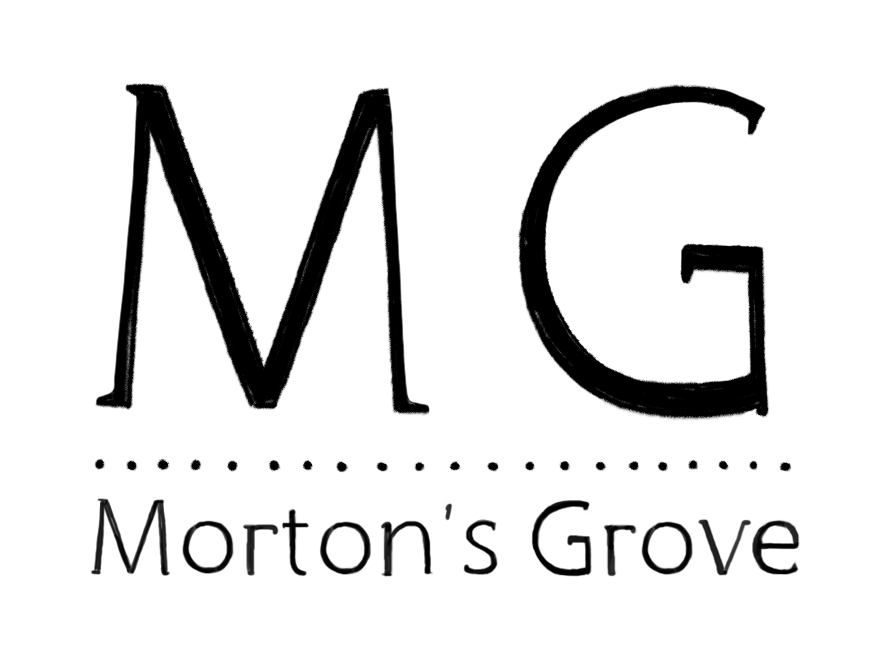Fave Foods for Nursing Moms
Raise your hand if you’re a breastfeeding mama! (I’m obnoxiously high-fiving you through your screen right now).
Breastfeeding is a huge part of my life these days. What began with nursing my own babies has morphed into something I cannot learn enough about. The number of books with boobs on the cover that I request from the library is borderline embarrassing and I get a google alert when any new research on the topic is published.
If there really is a true super food out there, breast milk would be it. But did you know that what you eat can have a positive impact on the nutrient content of your breast milk?
This post is full of nutrient-packed, easy to find whole foods to include in your diet while breastfeeding. Some of the foods on this list are thought to boost supply and others contain nutrients that pass into breast milk and are important for infant growth and development (and some offer both benefits!).
A few super-simple breastfeeding nutrition tips:
Make time to eat - check out this post on freezer meal and snack ideas, enlist the help of family and friends, sign up for Hello Fresh, whatever you gotta do. This was both the hardest part for me, and the part I made non-negotiable.
Eat a lot – best nutrition advice ever! You don’t have to worry about hitting a specific calorie amount, just avoid restriction/dieting and eat to satiety (you might remember from this post that for me, breastfeeding was a fantastic lesson in intuitive eating).
Make it a goal to eat a big ole variety of foods during pregnancy and while breastfeeding (exposure to a variety of flavors during pregnancy and through breast milk can impact flavor acceptance later in life. In other words, you may be less likely to end up with a picky eater!).
Keep a food + activity log if you notice a dip in supply or a change in baby.
Best foods for nursing moms:
Cold water fish or fish oil – Salmon, skipjack tuna, sardines, anchovies, and herring to name a few. These fish are high in DHA and EPA: omega-3 fatty acids that play an important role in brain, eye, immune and nervous system development. (For concerns about mercury in fish remember this rule of thumb: the smaller the size of the fish, the lower the mercury content). Breastmilk contains DHA and the amount is dependent on mom’s diet.
To get the recommended about of DHA and EPA, you have to eat fish a few times a week (sometimes we do, sometimes we don’t). I fill in gaps with a daily omega-3 supplement (I like Nordic Naturals Omega-3 lemon flavor liquid). My toddlers take daily fish oil as well (so does Austin if I shove it in his mouth while he isn’t paying attention).
Eggs – The yolks specifically are high in choline, a nutrient similar to a b vitamin that is crucial for baby’s brain development in pregnancy and while breastfeeding. Eggs are also high in protein and healthy fats, great for postpartum healing!
Vegetables – Veggies provide the vitamins, minerals, and enzymes that we need in order to produce adequate breast milk. Mineral richness (especially calcium) is a common denominator in almost all milk-boosting foods.
Nuts + Seeds – Almonds, cashews, flax, sesame, quinoa, the list goes on. Super rich in minerals and fat, the nutritional composition of nuts makes them a perfect snack for breastfeeding mamas. Nuts also contain the amino acid tryptophan, a precursor for serotonin which promotes production of prolactin (the “let-down hormone”).
Dried fruits – Figs, dates, prunes, and apricots are rich in those milk-boosting minerals and provide quick energy (pair with nuts to avoid blood sugar spikes!).
Coconut oil – Coconut oil contains Lauric acid which transfers to breast milk. Lauric acid is antimicrobial and offers immune system support for both mom and babe. This fat source also helps to keep us feeling full, something that is hard to accomplish with the hunger that only a breastfeeding mom knows!
Chicken and turkey – Contain the amino acid tryptophan, needed for serotonin + prolactin production (easy milk let-down). Oh and keep the skin on! It is rich in glycine: an amino acid used to build collagen needed for skin repair which is especially crucial postpartum.
Oats and Barley – Rich in polysaccharides, long chain sugars that encourage prolactin production. Oats are also super easy to whip up one handed in those early days of newborn bliss. I actually found that I craved oats in those early weeks (topped with cream and berries). I like to soak oats before eating them if I remember. You can do this by making overnight oats soaked in almond milk or water along with a splash of something acidic like orange juice or apple cider vinegar.
Water – You may find your thirst is super intense during let-down (thanks to oxytocin release!), or maybe you’ve basically been constantly thirsty since having your little one. Definitely up your water and herbal tea game! Getting enough water is a crucial part of healing postpartum. It is a myth that drinking way over thirst will boost milk supply. In some cases over-hydration can actually cause a temporary dip in supply.







